Hippocampus Guttulatus Gorilla
Hippocampus Guttulatus Gorilla (or Hippy Gut for short) has been painted by Deborah Treliving, for the Great Gorilla project. Artists were invited to submit designs for the project, organised by Paignton Zoo to celebrate their 90th birthday in 2013 and provide funds to the Wildlife Conservation Society to support Cross River gorilla research and conservation as well as a local community project in South Devon. Deborah’s Gorilla has been sponsored by Cavanna Homes, who are also celebrating their 90th birthday this year.
Deborah wanted to make her gorilla relevant to Torbay. Seahorses, like the great gorillas are threatened worldwide. Torbay has a good population of two species of seahorses: the spiny seahorse and the short snouted seahorse.
Deborah explained: “This has been a great project giving me scope to do something different from my usual way of working. I have found seahorses fascinating creatures to draw. I hope that Hippocampus Guttulatus Gorilla will help to increase the awareness of Torbay’s seahorses”.
Hippocampus Guttulatus Gorilla will be part of the Gorilla Flotilla across Torbay on 23rd July.
When the trail is complete, gorillas will be on show at businesses, shops, offices, schools, colleges and public spaces across Torbay and Exeter. Hippocampus Guttulatus Gorilla will be sited at Living Coasts, Torquay from 3rd August.
After the event, the gorillas will be auctioned at a gala charity evening at the Palace Theatre in Paignton.
Deborah Treliving is a fine artist, painter and printmaker inspired by poetry and landscape. Her abstract work is recognised by richly textured and heavily embossed carborundum prints. A passion for colour is evident throughout her work, and her palette ranges from the strong and vibrant, to the delicate and subtle. She is a member of the Devon Guild of Craftsmen. Her work has been exhibited nationally, internationally, and in her studio in the stable yard at Cockington Court.
Further information:
http://www.greatgorillas.org.uk
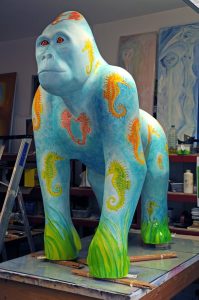

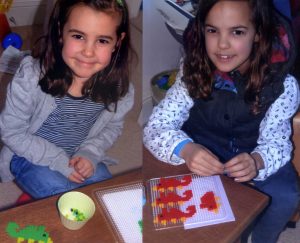
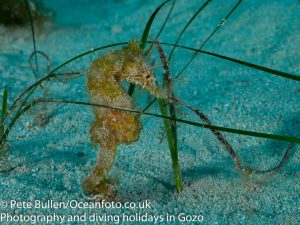
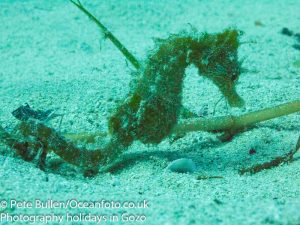

Recent Comments